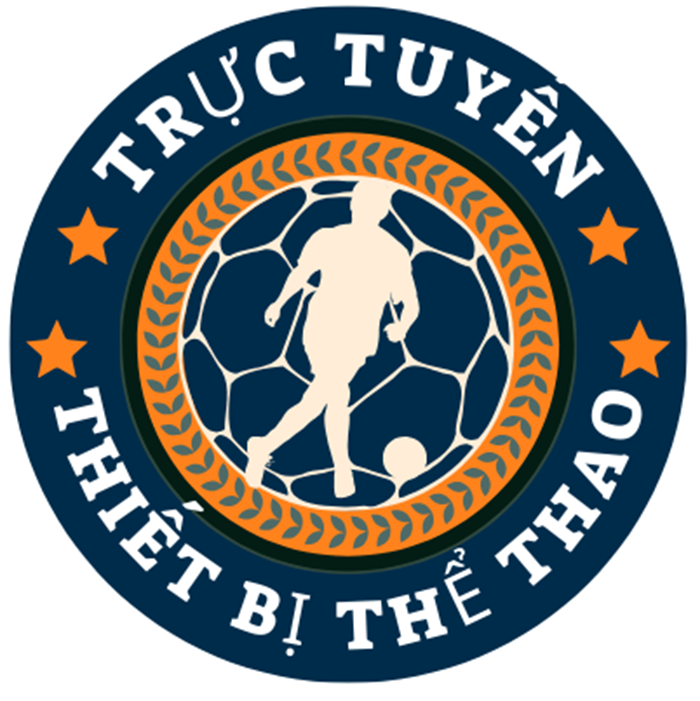The biker lifestyle in the US embodies a complex tapestry of rebellion and community, stemming from the aftermath of global conflicts. Evolving from wartime machinery to cultural icons, steel horses transformed into vehicles of personal freedom, carrying simultaneously rebellious ethos and mainstream commercial appeal[5][10][17].
## Roots of Rebellion https://usabikers.net/
### Post-War Origins
Contemporary motorcycle culture crystallized amid the disorientation of returning WWII veterans. Servicemen accustomed to the camaraderie of unit life pursued new fraternal organizations, resulting in proto-biker associations including veteran-led motorcycle brotherhoods[5][13][17]. Harley-Davidson and Indian motorcycles, that saw military service, shifted from tactical vehicles to identity markers, cultivating brand loyalty that persists today[5][11].
The notorious “American Motorcycle Association riot” propelled biker gangs onto front pages, when 4,000 riders descended upon the small California town, resulting in what newspapers sensationalized as anarchy. This event etched the rebellious rider archetype across societal perceptions, notwithstanding the majority constituting mainstream motorcycling advocates[10][13][17].
## Major Motorcycle Organizations
### Rebels and Regulators
Established in 1924 originally functioned as the governing body for structured riding activities. However, its early exclusionary policies—prohibiting non-white participants for decades—ignited the emergence of parallel organizations that rejected mainstream motorcycling norms[11][13].
The “Big Four” motorcycle gangs evolved into key players in this counterculture:
1. Hells Angels Motorcycle Club[2][3][10]
2. “God Forgives, Outlaws Don’t” adherents[3][10][13]
3. Pagans MC[8][10]
4. 1966 Houston foundation[3][10]
These groups operate through strict hierarchical structures including clearly defined officer positions, with physical headquarters functioning as fortified community centers[10][13]. Despite media portrayals of lawlessness, many chapters participate actively in charitable initiatives like fundraising for social causes[8][10][15].
## Shaping American Identity
### From Silver Screen to Fashion Runways
The outlaw persona saturates American popular culture, from Marlon Brando’s iconic 1953 performance through contemporary streaming series. Such widespread influence manifests in:
– Apparel styles: Distinctive biker attire commercialized by brands like Biker Life USA and Bikers Lifestyle[4][12]
– Musical influences: From punk rock to heavy metal adopting biker aesthetics
– Written narratives: Hunter S. Thompson’s *Hell’s Angels*[1][6]
Recent sociological analyses emphasize the paradoxical duality of modern biker culture: both eschewing societal norms while being deeply corporatized through brand partnerships like Harley-Davidson’s apparel lines[1][7][12].
## Contemporary Landscape and Challenges
### Riding Through 2025
The motorcycle event calendar remains a cornerstone of US motorcycling tradition, featuring this year’s premier events including:
– The 84th annual coastal gathering[7][15]
– Historic Black Hills convergence[7][15]
– Arizona Bike Week (Scottsdale)[7]
Emerging trends reshape the community:
– Growing women’s involvement via organizations such as [2][8]
– Technological integration through online coordination platforms[7][15]
– Eco-friendly initiatives advocating sustainable riding practices[15][17]
Legal and ethical debates continue, particularly regarding:
– Gang-related criminal activity and law enforcement strategies[10][13][17]
– Ethical corporate partnerships despite controversial revenue sources[8][17]
– Cultural appropriation concerns about co-optation of rider aesthetics[4][12]
## Conclusion
US motorcycle society stands at a historical crossroads, balancing its nonconformist roots against modern corporate influences. As contemporary riders embrace electric motorcycles and digital communities, the fundamental spirit regarding liberty and camaraderie persists—manifesting in diverse demographics and evolving social norms. Future developments may involve increased regulatory scrutiny coupled with ongoing societal impact, guaranteeing motorcycling’s enduring place in America’s social fabric[5][10][17].
